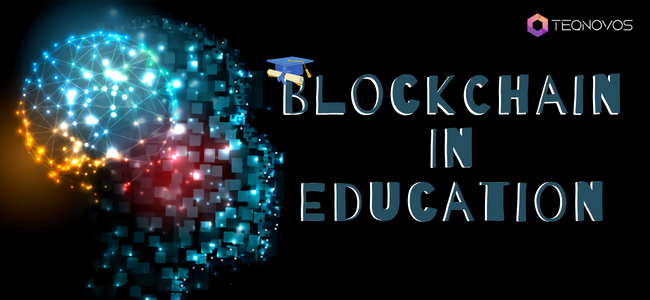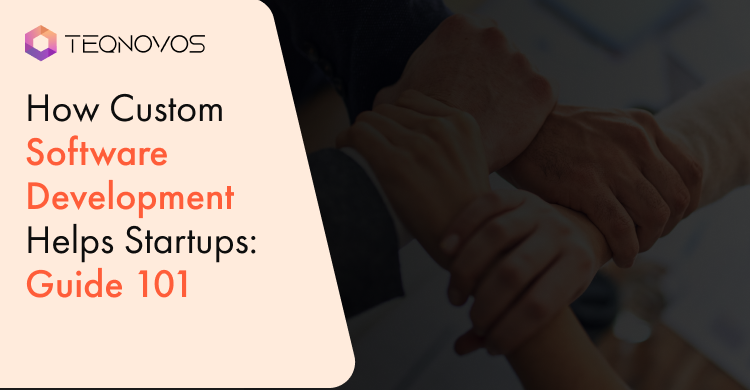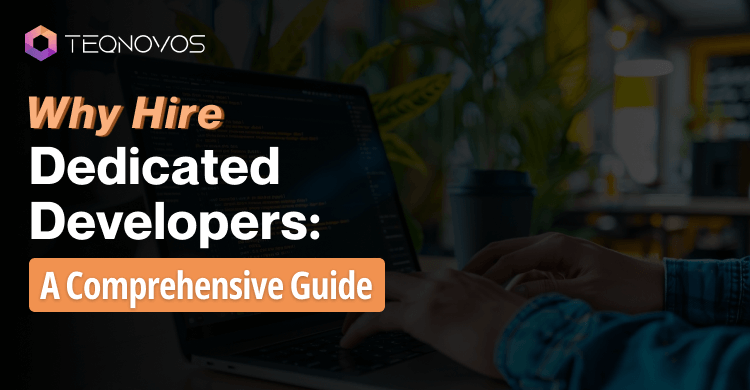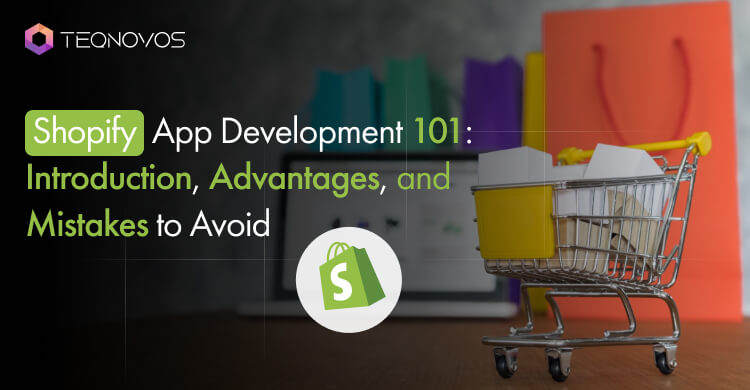Blockchain in Education: Here’s Everything You Need to Know (Use Cases, Advantages & Disadvantages)
Many experts believe that Blockchain can be a complete game changer for a wide variety of industries, including education. But how exactly can we use blockchain in education? Let’s try to understand the usefulness of blockchain technology in the education industry.
Just like any other industry, the education industry undergoes constant changes to strengthen itself. Using the latest and innovative technologies to ramp up the performance of existing systems is not new to the educational industry.
One advanced technology that many educational institutions and professionals believe can change the whole landscape of the education sector is the blockchain. The world become aware of blockchain technology after the release of Bitcoin in 2008. In the initial years, blockchain was mostly related to bitcoin and other cryptocurrencies.
However, over the years, experts uncovered various applications of blockchain. As blockchain is a distributed ledger technology, it allows us to store data securely in a decentralized database.
In this article, we are going to discuss how blockchain technology can help in redefining the current education system and make it more transparent and efficient. But before that, let’s get a brief overview of blockchain technology.
Blockchain Technology: A Brief Overview
Blockchain represents a decentralized and immutable digital ledger that stores transactional data. However, it is possible to store data other than transaction records on the blockchain. This eventually allows us to use blockchain for a wide range of applications. For instance, we can use blockchain for storing and managing digital identities.
Here are some of the key features of blockchain technology:
- The data stored in a blockchain is immutable, which means that data once stored in a blockchain can’t be altered.
- Blockchain is a peer-to-peer network with multiple nodes having a copy of the digital ledger that holds all the transactional data. These nodes help a network to become decentralized and maintain its integrity.
- Blockchain makes use of cryptographic algorithms to encrypt data.
- Blockchain makes use of a consensus algorithm for nodes to verify transactions and record them on the network.
- As each node have a copy of the ledger, it is impossible for hackers to alter the data in a blockchain. If a hacker makes certain changes in one copy of the ledger, the same ledger copy will be compared with other copies held by other nodes. This will help the network to detect an unauthorized change in the data and reject it straight away.
Is it Viable to Use Blockchain in Education Sector?
Over time, blockchain has successfully proven its utility in various industries. As for now, blockchain technology is mostly used across the finance industry. With the inception of Defi (decentralized finance), it has become quite evident that blockchain is indeed highly appropriate for making various financial operations more efficient.
But what about blockchain in education?
Well, several features of blockchain technology make it suitable for powering the education industry. In fact, blockchain can help overcome various challenges faced by educational institutions worldwide.
For instance, as blockchain allows us to trace the source of data, it can help to curb the issue of forged degrees and certificates. Also, it’s quite easy to share the degrees and certificates stored on a blockchain. Students can readily share them with other universities or employers.
Use Cases of Blockchain in Education
The implementation of the blockchain in the education sector is in its infancy. However, there are several use cases of blockchain in education that clearly indicate how this technology can revolutionize the existing education systems.
The following are the most popular use cases of blockchain in education:
1. Record-Keeping
Blockchain acts as a safe and reliable option for storing student records. Due to the immutable nature of blockchain, it is pretty much the best option to keep a record of all the details of students. Be it a student’s personal information or academic information, blockchain can store it all securely.
Educational institutions can even leverage a public blockchain to track student attendance and store report cards. Also, it becomes quite easy to share such information with parents or guardians so that they can view the overall performance of their children.
2. File Storage
Blockchain acts as decentralized storage that allows educational institutions to store information about students. However, it is also possible to use the same blockchain for storing all the records of the institution itself.
While it is known that not every file or record needs to be publicly available, the institutions, in this case, can make use of a private blockchain. A private blockchain is accessible to a limited set of individuals and makes a great choice for storing and sharing confidential files and information.
When it comes to the local storage system, it limits access to the files and there’s a risk of losing data if the central server gets compromised. On the other hand, cloud storage seems like a good option for storing large files. However, not every educational institution can bear the costs associated with cloud storage.
Thus, blockchain makes a good file storage solution that is highly secure, dependable, and cost-effective.
3. Administration
With blockchain, it is possible to streamline various administrative tasks in an educational institution. Administration staff can use blockchain solutions to define and share the responsibilities of teachers and support staff. Also, educational institutions can hire staff and manage their performance and payments with the help of smart contracts.
As blockchain makes it quite easy to store and share data, it is feasible to use the same for carrying out the following administrative tasks:
- Propagation and implementation of curriculum standards.
- Sharing class schedules with teachers and students.
- Budget management
- Sharing student performance data with parents.
4. Courses and Assignments
Educational institutions can utilize smart contracts to provide courses to students. Students may have to meet certain requirements as mentioned in a smart contract before they are eligible to take a particular course. Also, the progress that a student makes in the course can also be tracked on the blockchain.
In a similar fashion, teachers can give assignments to students that they have to submit directly over the blockchain. Students can easily track all their assignments along with the deadlines. Also, all the assignment records are tamper-proof so that no one meddles with them.
5. Fee Payments and Scholarships
Whether it’s about making fee payments or disbursing scholarships, these processes are time-consuming and costly due to the involvement of multiple parties, including students, banks, and scholarship providers. By adopting blockchain payment solutions, it becomes quite convenient to make payments.
With cryptocurrencies, sending and receiving payments becomes quick and cost-effective. Students can make payments to educational institutions from anywhere in the world. Also, it takes minutes to process cross-border transactions and bypass the hefty fees charged by intermediaries by using cryptocurrencies for payments.
Due to the elimination of intermediaries for payment processing, educational institutions can bring down their administrative costs.
6. e-Transcripts
Transcript generation is a tedious process as it requires educational institutions to perform manual work. Besides, students also have to go through a lot of hassle for requesting transcripts. However, blockchain makes the lives of both students and administrators easy.
Students can put in a request for transcript generation through blockchain and receive the e-transcript over the same.
For educational institutions, upon receiving the request, they can get all the academic records of a student and issue the transcript after verifying all the information. Also, there is no need to send physical copies as students will receive an electronic version of the transcript. In all, the use of blockchain ensures the accuracy of transcripts and saves both time and costs associated with transcript generation.
7. Copyright Protection
Students, teachers, subject matter experts, and professional researchers often find it difficult to secure their research work from plagiarism and publish it. With blockchain, it is possible to publish research papers and get complete copyright protection.
Educational institutions can leverage blockchain solutions to allow students, teachers, and researchers to publish their work securely. Moreover, blockchain not only stores data but also keeps a record of all the sources of data. This allows individuals to claim ownership of their research work published on the blockchain.
Additionally, the publisher can easily trace the people who have accessed their work. This can eventually help to ensure copyright protection.
Advantages and Disadvantages of Using Blockchain in Education
The implementation of blockchain in the education industry brings both advantages and disadvantages. Let’s discuss them below.
Advantages
-
Full Control of Data
One significant advantage of blockchain in education is that students get full access to and control of their academic records. In the existing education system, student records are owned by a school, college, or university. For students to access their academic data, they have to get permission from the educational institution that owns the data.
With blockchain, students can access their data anytime and anywhere without the need to rely on any central authority. Thus, students can have complete ownership of their data.
-
Incentivized Learning
Blockchain can add the “incentive” factor to learning. Students can simply make progress in their path to unlock various benefits and rewards. The use of smart contracts makes it possible for teachers to reward students with ease.
A student might get special credit or a small amount of cryptocurrency for performing well in an exam or test. Also, it is possible to reward students who submit their assignments on time. Blockchain will ensure transparency when it comes to rewarding students.
Having a reward system in place will help educational institutions to keep their students motivated. Students will be more eager to learn new things and perform better.
-
Lower Education Costs
Blockchain helps to reduce education costs for students in more than one way. By leveraging blockchain technology, all the educational material available in the public domain can be easily accessed and shared. Students can access the learning materials stored on the blockchain from anywhere in the world and improve their learning experience.
Additionally, blockchain makes it quick and easy to make fee payments while eliminating intermediaries. As educational institutions do not have to rely on the infrastructure and services offered by intermediaries, their overall expenses drop. Thus, they can reduce the fee and offers high-quality education to students at lower prices.
-
Trust and Transparency
Students need to share their transcripts for taking admission to an educational institution for higher studies or while applying for a job. By storing academic data on the blockchain, it becomes fairly easy and quick to share transcripts.
As the data stored over the blockchain is tamper-proof and reliable, educational institutions and employers can instantly verify the credibility of transcripts. This helps to build trust and strong relationships between students and institutions or employers.
Disadvantages
-
Significant Investment Needed
One of the biggest challenges of adopting blockchain technology in education is the cost associated with its implementation. For creating blockchain solutions, a hefty amount of money needs to be invested, which most educational institutions either can’t afford or don’t want to invest.
-
Slow Adoption Rate
Blockchain is a new technology, and many people still don’t understand it. This is a major roadblock to its widespread adoption. Individuals working in the education industry first need to understand its working and how it can make the education system more efficient.
Currently, the adoption rate of blockchain in the education industry is low. It is important that more and more educational institutions start adopting blockchain to ensure its success.
-
Difficult to Scale
Scalability is an issue with the blockchain. As educational institutions have to deal with lots of student data, shifting the same data to a blockchain network can negatively impact its transaction processing speed.
Blockchain is a peer-to-peer network that relies on a consensus mechanism to verify each transaction record. As the data and number of users of a blockchain increase, the chances of network congestion also go up. Thus, scalability becomes an issue with blockchain.
Teqnovos Develops Custom Blockchain Solutions for Educational Institutions
Any educational institution looking to integrate blockchain technology with its existing system can consider partnering with Teqnovos.
Teqnovos is a leading blockchain development firm with expertise in developing top-notch blockchain solutions for the education industry. We are a team of highly skilled professionals ready to take up new challenges and build custom blockchain solutions to cater to the varying needs of clients.
We leverage blockchain technology to develop and deliver robust solutions for different types of educational institutions, including schools, colleges, universities, and EdTech institutions. We are comfortable working with both private and public blockchains and develop a wide array of solutions for the following:
- Intellectual property protection
- eTranscripts
- Records management
- E-Portfolio
- Smart learning
Wrapping it Up
Blockchain is one such technology that can completely transform the education industry and make it more efficient. The best thing about blockchain is its ability to benefit educational institutions, teachers, and students.
While educational institutions can enjoy a more effective administration, teachers will find it easy to teach students and keep a track of their performance with the help of blockchain solutions. Also, blockchain can help students access learning materials easily, enroll in incentivized learning programs, and manage their transcripts conveniently.
Despite offering various benefits, the adoption of blockchain in the education industry is happening at a slow pace. The two biggest reasons for the slow adoption of blockchain are the high costs of setting up an appropriate infrastructure and poor scalability.
However, the advantages that educational institutions get with blockchain solutions simply outweigh the disadvantages. Therefore, we can expect significant growth in the adoption of blockchain in education in the coming years.
















